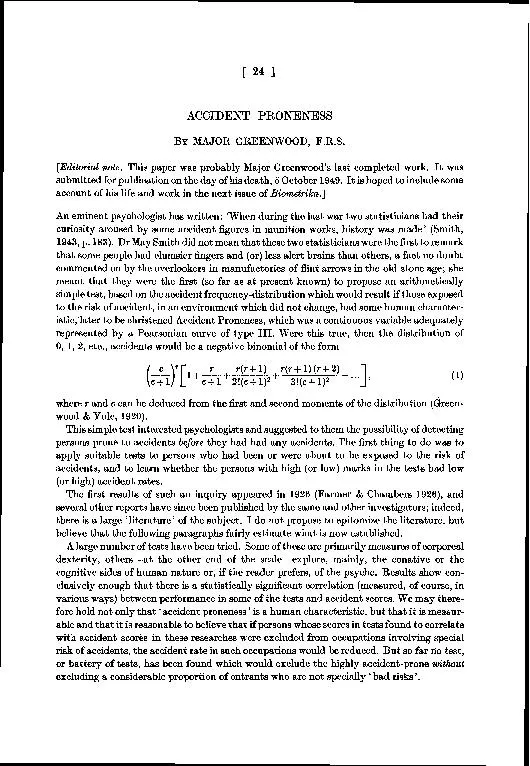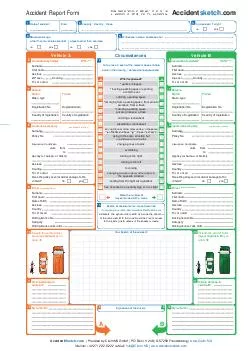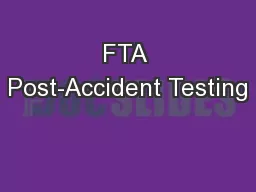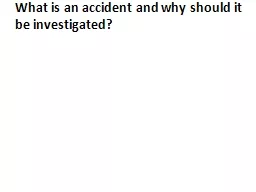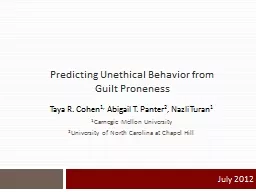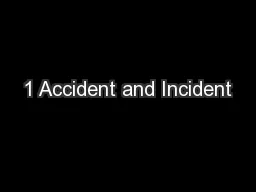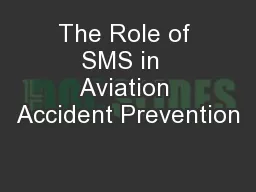PDF-ACCIDENT PRONENESS
Author : phoebe-click | Published Date : 2016-09-15
BY MAJOR GREENWOOD PRS Editorial note This paper was probably Major Greenwoods last completed work It was submitted for publication on the day of his death 5October
Presentation Embed Code
Download Presentation
Download Presentation The PPT/PDF document "ACCIDENT PRONENESS" is the property of its rightful owner. Permission is granted to download and print the materials on this website for personal, non-commercial use only, and to display it on your personal computer provided you do not modify the materials and that you retain all copyright notices contained in the materials. By downloading content from our website, you accept the terms of this agreement.
ACCIDENT PRONENESS: Transcript
Download Rules Of Document
"ACCIDENT PRONENESS"The content belongs to its owner. You may download and print it for personal use, without modification, and keep all copyright notices. By downloading, you agree to these terms.
Related Documents

